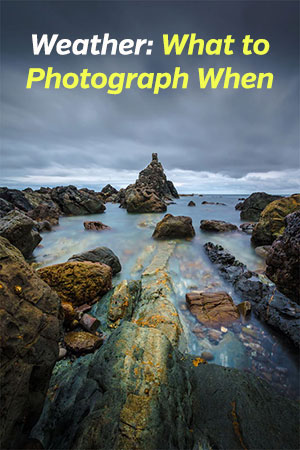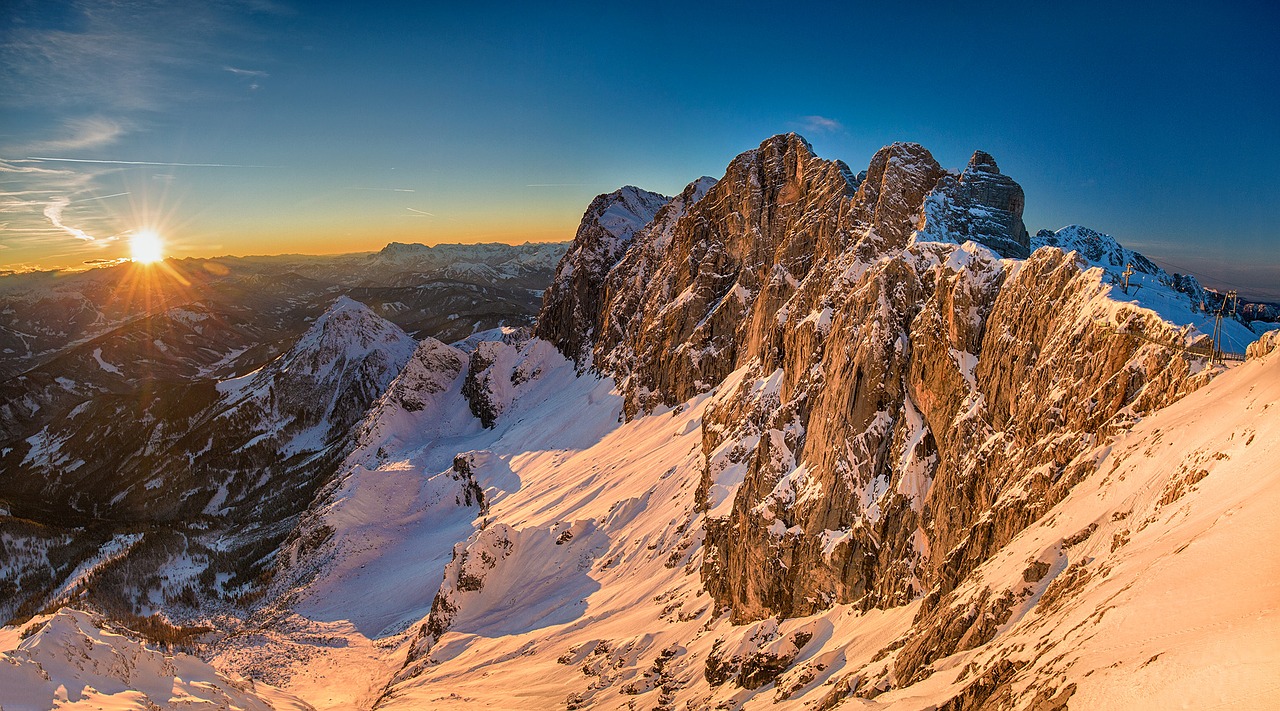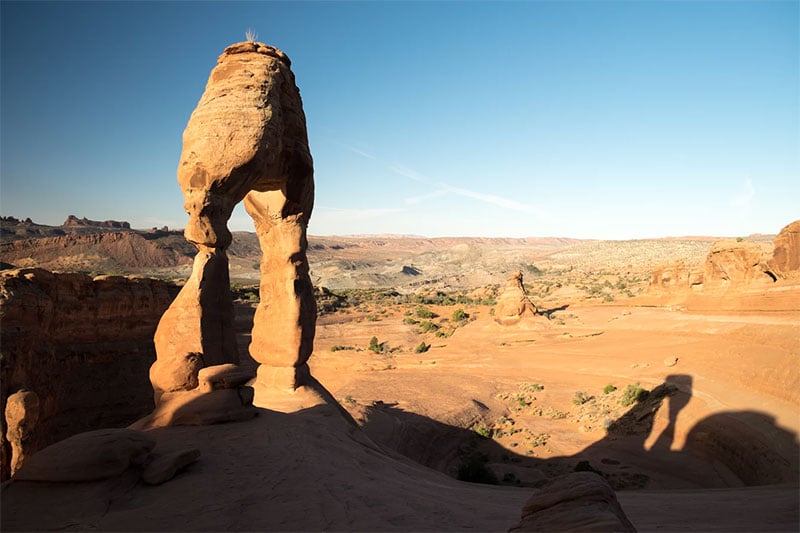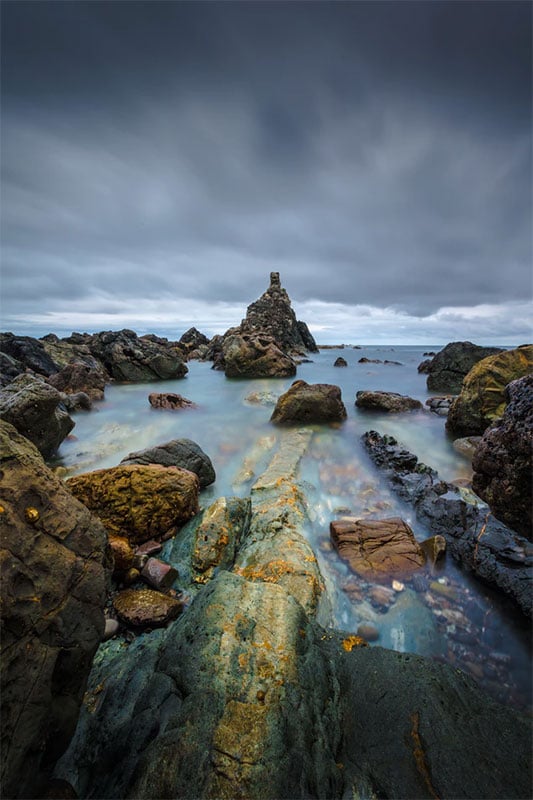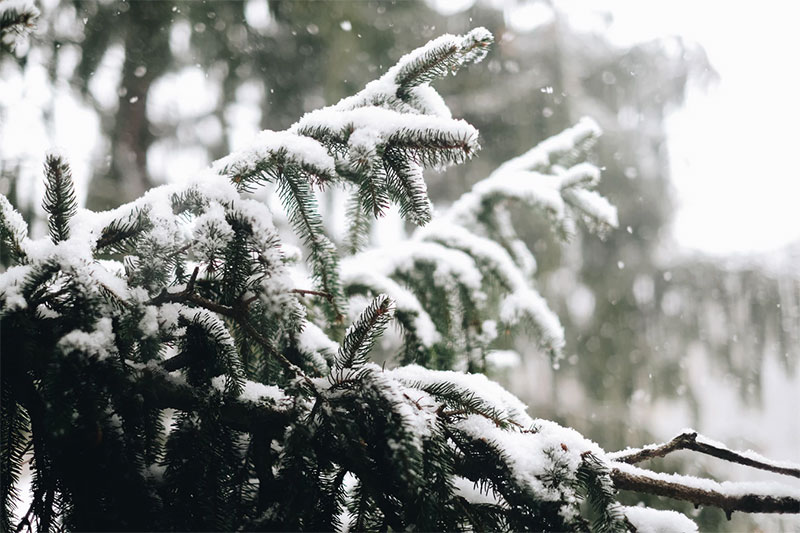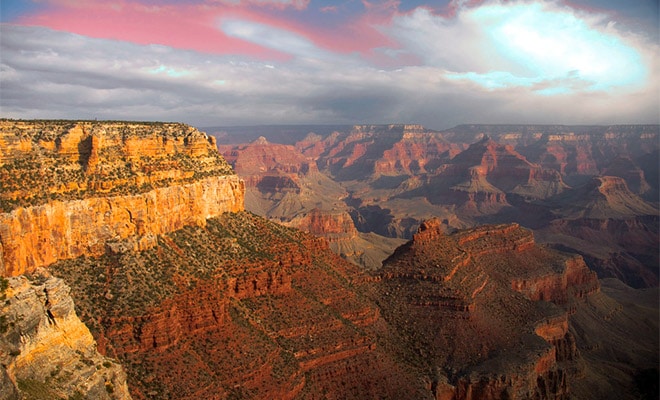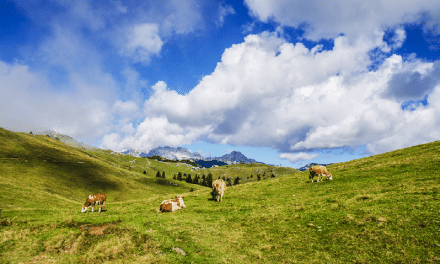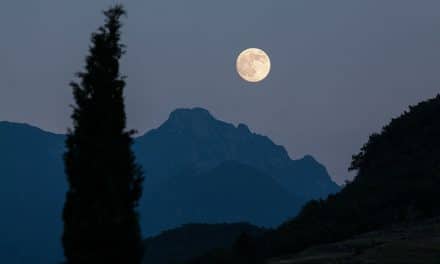When you’re planning to photograph a location, how do you plan your day? It’s important to know when the best times are to photograph any given subject. If you don’t know what the weather and lighting situations are going to be like, there’s a good chance that you will hit exactly the wrong time.
Follow these guidelines to get better photographs simply by choosing what to shoot at what time.
The Golden Hour
Let’s start right at the beginning, with the golden hour. This is the time early in the morning when the sun is just beginning to rise, flooding the landscape with a soft, golden light. The term can also be applied to a similar form of lighting which arises at sunset, just as the sun is going down. Although the window of time is a short one, the light is spectacular, and can really transform any photograph.
Just about any landscape will suit the golden hour, but it is better used in places where the soft colors will bring something out. For example, a snowy peak, where the white expanses will be transformed into shades of peach. The Grand Canyon is a popular spot for golden hour shoots, as the layers of rock turn different shades while the sun moves. In hilly or mountainous landscapes, the slopes will create areas of shadow to contrast with the soft light. These are all things to consider when setting up a golden hour shoot.
If you’re not confident in your abilities, it’s recommended that you try for the sunrise rather than the sunset. After the golden hour is over, there is still daylight when you shoot in the morning. If you miss the shot during the sunset, you will have to go home empty-handed.
→ Related reading: Tips for Better Sunset Photography
Strong Daylight
During the day, and especially during midday, the sun can cast a strong light over the landscape. Particularly if you are out in the open, with no tall buildings to cast shadows, this can have a very interesting effect.
When you find a day without a cloud in the sky, head for dramatic locations which will benefit from sharp shadows. Again, a hilly or mountainous region would be perfect. The harsh lighting will cast deep, black shadows across parts of the landscape, creating a dramatic effect. It can really change the character of a scene. Try to avoid areas with reflective surfaces, such as a snowy peak or a white chalk cliff: these will easily become overexposed in harsh sunlight, and may tip the balance of your photograph into too high a contrast.
→ Related reading: 7 Tips for Taking Great Landscape Photos in Midday Light
Stormy Weather
Just before a storm hits, the dark clouds brew in the sky, causing a dramatic scenery that just can’t be matched. It can really add a lot of character to a landscape, and can even send a political message, depending on the location you choose.
When using storm clouds, try to find a landscape which has an open horizon. The wider the part of the photograph can be that contains the dark skies, the more dramatic the impact will be. It’s also very suitable for locations which have a lone focal point – think a lonely tree, or a structure perched high on a hill, for example. It will appear as though all of these clouds are bearing down on that one spot.
If you see a storm brewing but you aren’t in a suitable location, try getting high up and taking the shot anyway. You can save this as part of your repertoire for use in photomanipulation. Create a composite by placing this stormy sky on top of a landscape that was taken with a bland or boring sky. Once you have blended them in properly, the effect will be very striking.
However, always put safety first when shooting those storms. If you start to see lightning strikes, it’s definitely time to get out of the area and find some cover – and we don’t mean under the nearest tree! Keep an eye on weather warnings, too, just in case your ominous clouds are promising something more severe than you expected.
→ Related reading: Tips for Photographing Storms
Snow Days
Snowstorms can be a great chance to get out and shoot, either when the snow is falling or immediately afterwards, thanks to the fact that they create fantastic lighting conditions. The light from the sky is reflected off every available surface thanks to the coating of white powder, and everything has that sparkle to it when the light bounces off.
However, not all landscapes turn out looking as stunning as you would expect them to in the snow. Wide and flat landscapes, where there are not real features to break the white, tend to appear bland once the snow has fallen. In fact, with the exception of snow mountain scenes, there are few snowy vistas which look particularly interesting when viewed from afar.
Instead, use snowfall as a chance to focus on smaller scenes. Use trees and structures as frames to create a sense of dynamism within the photograph. In essence, you want to break the monotony of the white carpet. It’s particularly useful to find a location where snow has fallen from only one direction – this can leave the opposite side of trees, structures, and other landmarks bare of snow, which creates an interesting contrast.
→ Related reading: Winter Landscape Photography Tips
Night
Finally, what kind of landscapes might you photograph at night? You may want to lower your shutter speed and capture stars moving overhead, or even reflecting off the water of a stream. This is great for locations that are wide open, allowing more room for the sky – as with stormy weather scenes.
It’s also a great option for landmarks which you can put into silhouette. For example, a long exposure of a castle on a hill will leave the castle black against a streaked sky. It’s even better if the location happens to have its own lighting, picking out the details of that landmark!
→ Related reading: How to Photograph Landscapes at Night
There are lots of ways to break these rules effectively, so don’t be afraid to experiment. Just because something ‘should’ work best a certain way, doesn’t mean you can’t find a better way yourself!
